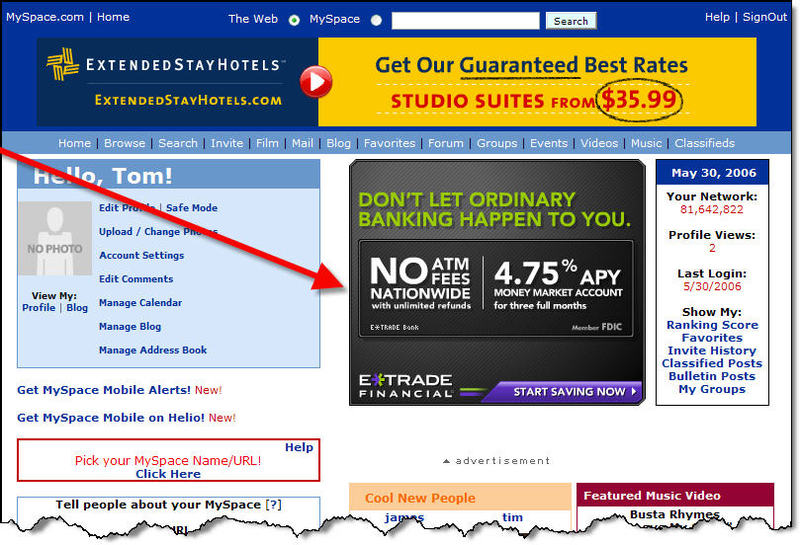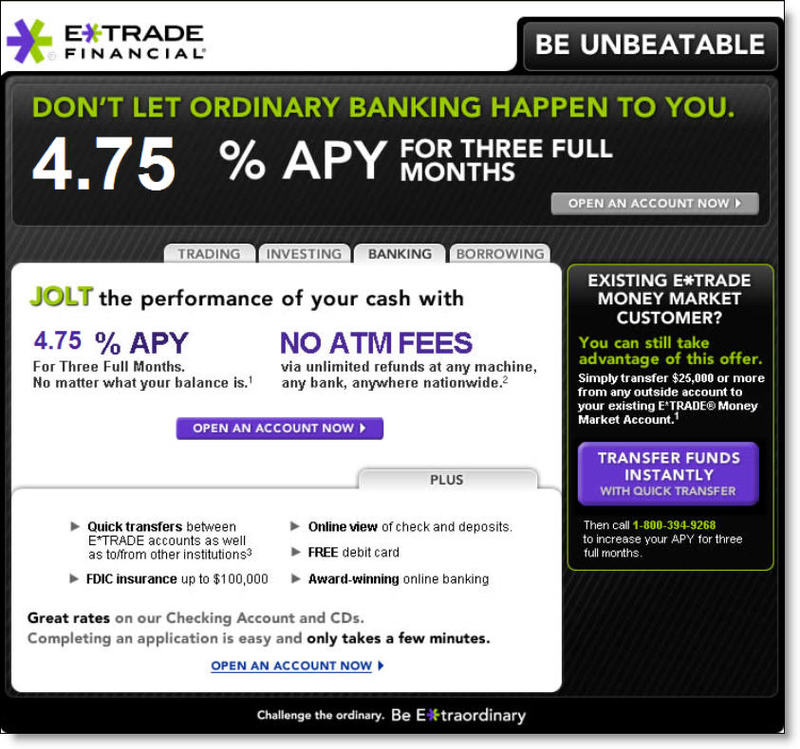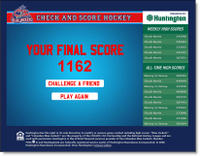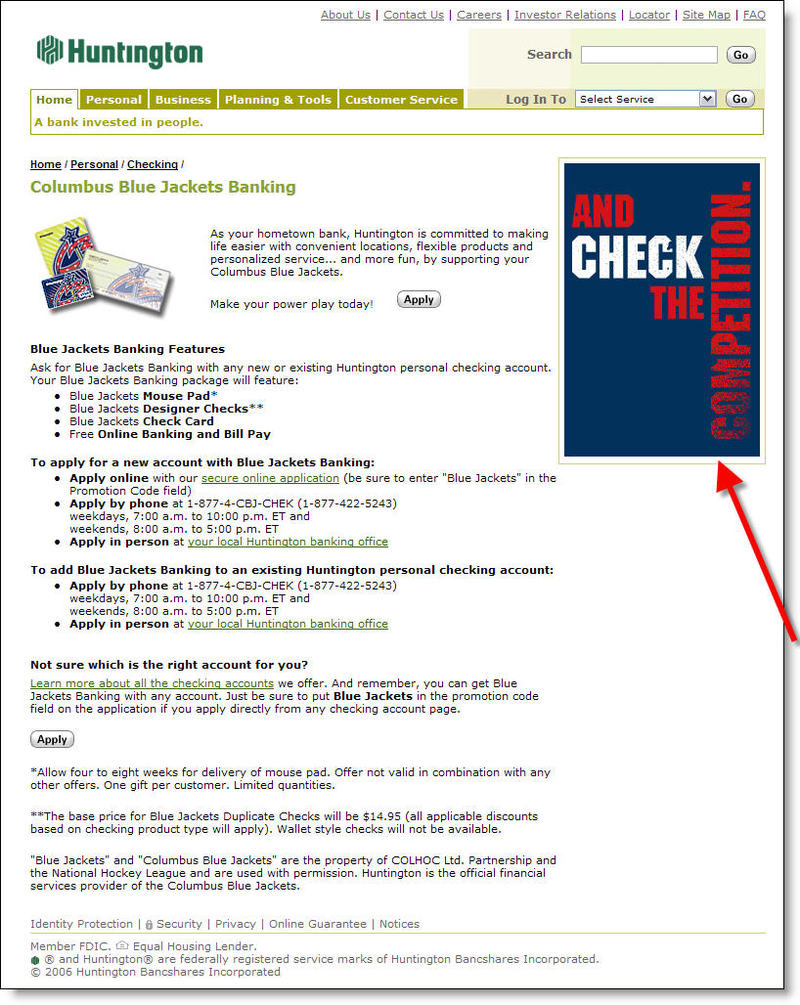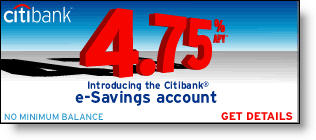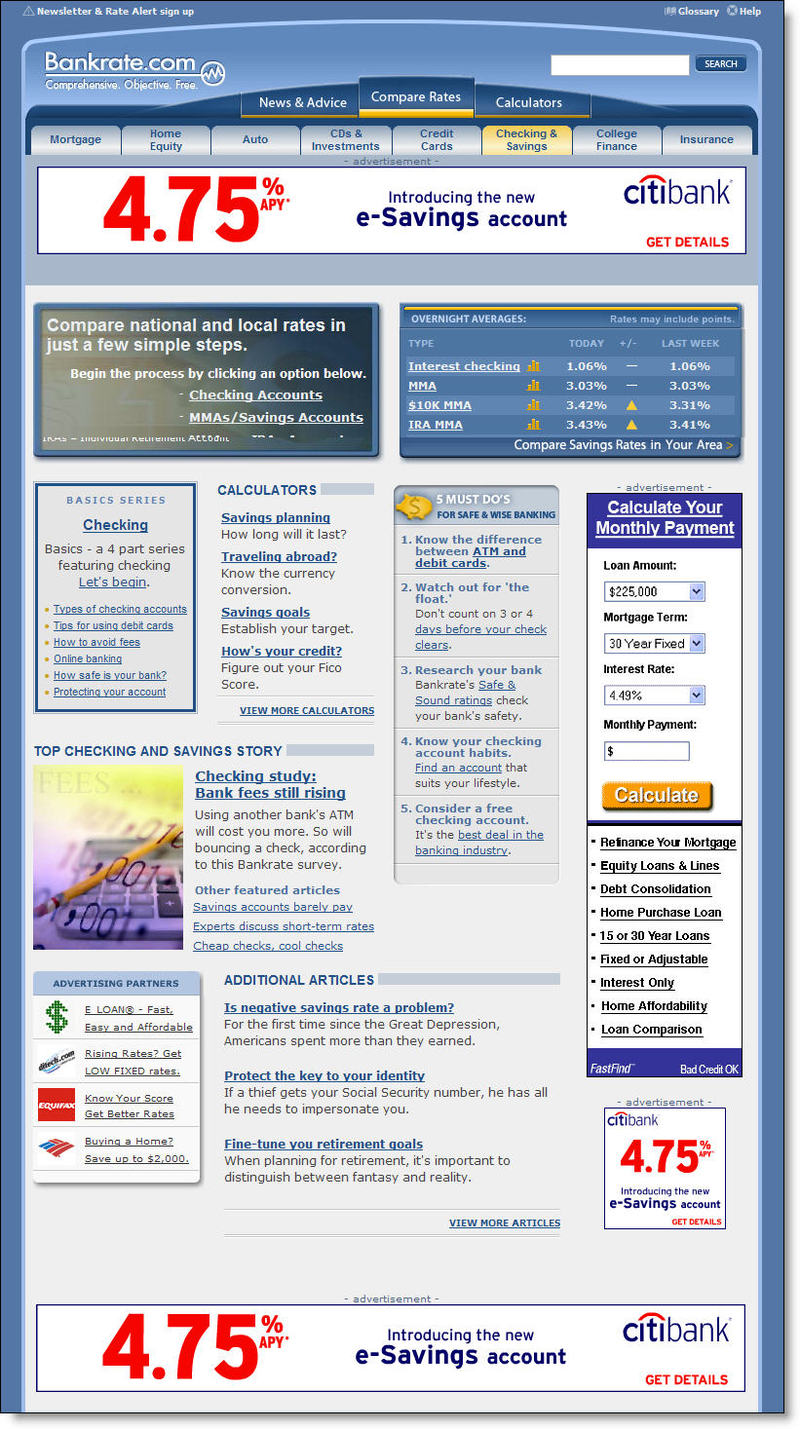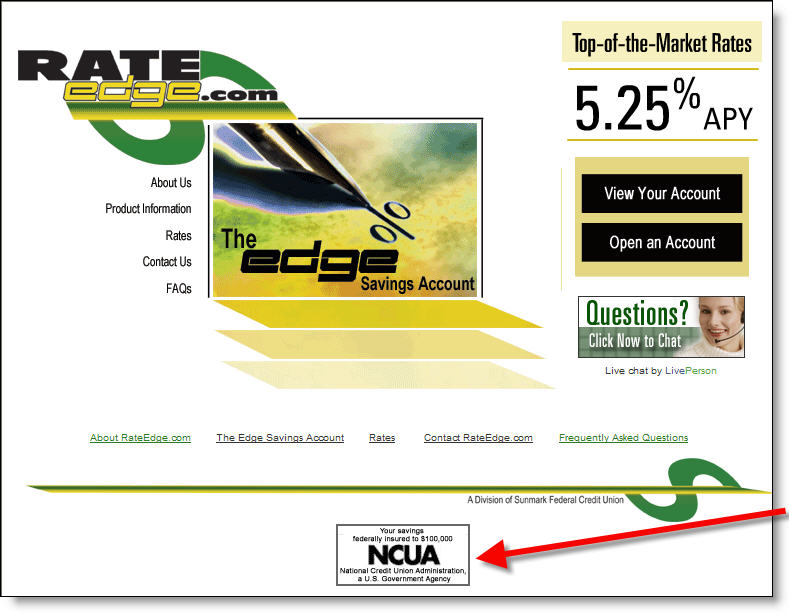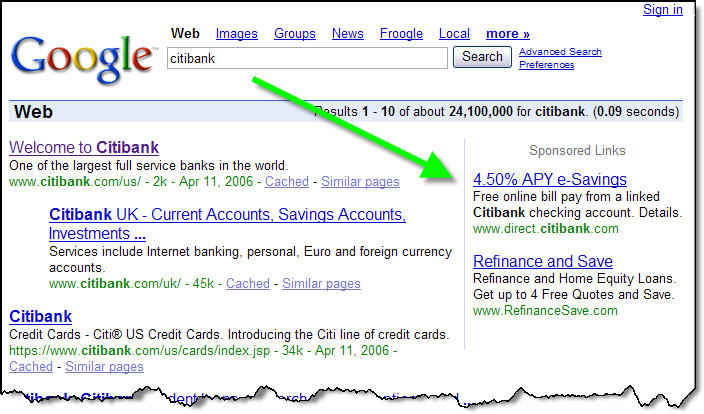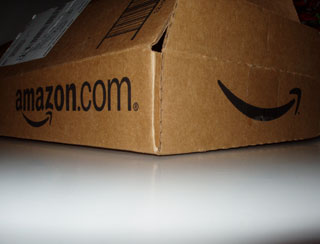![]() If you were to chart the top-10 events in bank-marketing history, one of them would be the March 1990 launch of AT&T's "no-annual-fee-for-life" Universal Card. Today, an annual fee waiver hardly rates a bullet-point in a three-page direct-mail piece. But 16 years ago, the offer was so successful it caused massive application backlogs that made the 6:00 PM national news. In its heyday, the card attracted one million new accounts per month. However, the marketing stalled once the fee-free strategy was widely copied, and the portfolio was sold to Citibank in late 1997.
If you were to chart the top-10 events in bank-marketing history, one of them would be the March 1990 launch of AT&T's "no-annual-fee-for-life" Universal Card. Today, an annual fee waiver hardly rates a bullet-point in a three-page direct-mail piece. But 16 years ago, the offer was so successful it caused massive application backlogs that made the 6:00 PM national news. In its heyday, the card attracted one million new accounts per month. However, the marketing stalled once the fee-free strategy was widely copied, and the portfolio was sold to Citibank in late 1997.
I've often wondered if there was a similar opportunity online to recreate the success of AT&T's offer. Probably not, but I do think "free forever" online banking would attract attention and generate new enrollments. To make it profitable, you might make a bundled credit account a requirement (the requirement could be waived in the event of a credit decline).

At first glance, UK-based Halifax Bank <halifax.co.uk> has an unbelievable "free forever" business banking program. But you can see the pesky asterisk in the upper right. Reading the fine print, the account is only free if you keep at least 5,000 pounds on deposit and write fewer than 100 checks per month.
The problem is that U.S. consumers have seen so many free-checking offers, it's not such an attention grabber any more. One way to get past consumer skepticism is to provide a longer list of freebies than they've ever seen before. For example,
- No checking account monthly fees
- No check-writing fees
- No ATM fees
- No teller fees
- No telephone call fees
- No online banking fees
- No funds-transfer fees
- No NSF/OD fees*
- No late fees*
- No returned-check fees*
- No PIN debit fees
- No signature debit fees
- No credit card fees
- No ACH fees
- No archive-access fees
- No statement fees
- No direct-deposit fees
*If open credit available
Feel free to use this idea and let me know if it works.

